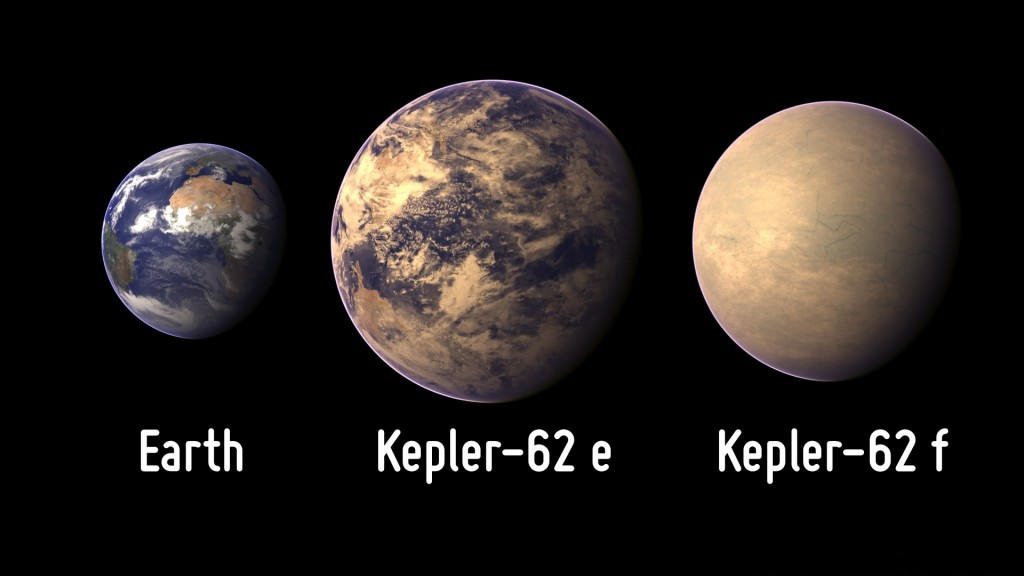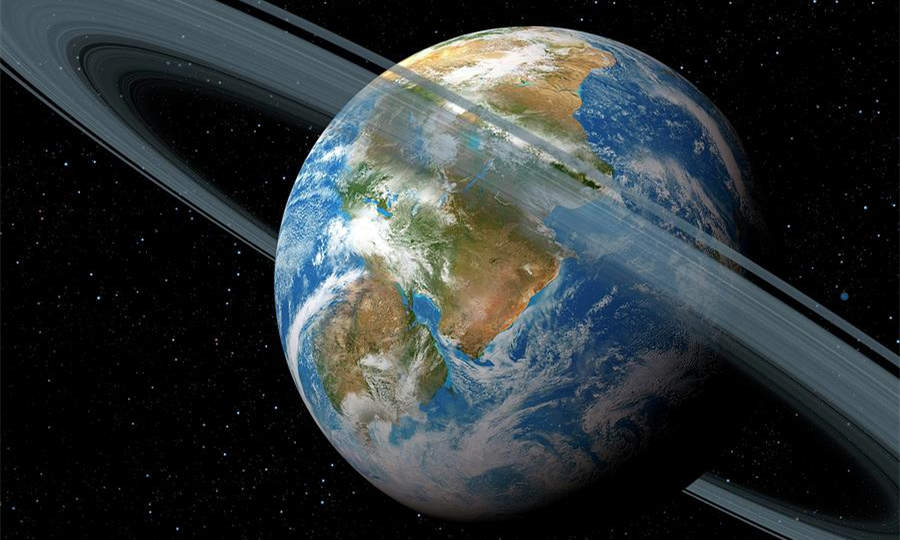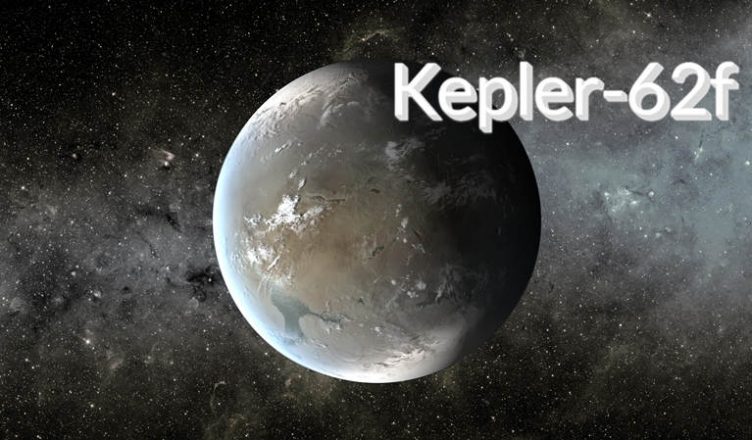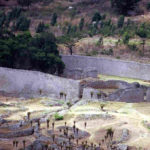Astronomers have discovered a distant exoplanet that may be suitable for life. According to the UK’s Daily Mail, Kepler-62f, located 1,200 light-years away from Earth, could potentially host liquid water, a crucial ingredient for life. In a remote corner of the cosmos, 1,200 light-years from Earth, lies the Kepler-62 system, home to the fifth planet, Kepler-62f. This distant world might possess one of life’s most essential components: liquid water. This discovery has ignited the enthusiasm of researchers dedicated to the quest for extraterrestrial life. Here are five fascinating facts about Kepler-62f:
1. Kepler-62f: A Potentially Habitable Planet
Kepler-62f, discovered by Professor Eric Agol of the University of Washington, is just 1.4 times larger than Earth. It orbits a star smaller and dimmer than the Sun. Kepler-62f may have a rocky surface and receives about half the heat and radiation from its star compared to Earth and is considered a potentially habitable planet in this stellar system. Research published in the Astrophysical Journal suggests that it may be completely covered by oceans. If its density is similar to Earth’s, its mass could be 1.41 to 2.80 times that of our planet.

2. Kepler-62f: An Exoplanet Beyond Our Solar System
Kepler-62f is an exoplanet orbiting the star Kepler-62 in the constellation Lyra. It’s the farthest planet from its parent star and was discovered using the transit method by NASA’s Kepler Space Telescope. This Earth-sized exoplanet is located in the habitable zone of its star. Its age (around 7 billion ± 4 billion years), radiation flux (0.41 ± 0.05 times that of Earth), and radius (1.41 ± 0.07 times that of Earth) suggest it’s composed of rock and might have surface oceans. Kepler-62f orbits a star smaller and cooler than the Sun. Kepler-62f may have a rocky surface and receives about half the amount of heat and radiation from its star compared to what Earth receives from the Sun. It is considered a planet in this star system that is suitable for supporting life.
3. The Most Earth-Like Planet
Dr. Aomawa Shields, a postdoctoral fellow at the University of California, Los Angeles, stated, “We found that Kepler-62f has multiple atmospheric components that make it warm enough to maintain liquid water on its surface, making it a highly suitable candidate for habitation.” In 2013, astronomers discovered Kepler-62f and its planetary system. Kepler-62 is located about 1,200 light-years from Earth in the constellation Lyra. This system contains five planets orbiting a star smaller and cooler than the Sun. Kepler-62e and Kepler-62f are the outermost planets, with volumes 1.6 and 1.4 times that of Earth, receiving 1.2 and 0.4 times Earth’s heat radiation, and having orbital periods of 122 and 267 days, respectively. NASA and other space agencies have dubbed Kepler-62f the “most Earth-like” exoplanet outside our solar system.

4. Kepler-62f: A Space Odyssey in Search of Liquid Water
Scientists have studied the atmospheric composition and orbital shape of Kepler-62f to determine whether this planet could potentially support life. Their research has revealed that this planet possesses various atmospheric components that could allow for the presence of liquid water on its surface. It is worth noting that carbon dioxide makes up just 0.04% of Earth’s atmosphere. Due to Kepler-62f’s considerable distance from its star, it requires a significant amount of carbon dioxide to provide the necessary warmth to support liquid water on its surface; otherwise, it would become a frozen world. Dr. Shez, stated that for Kepler-62f to be habitable year-round for humans, its atmosphere would need to be three to five times thicker than Earth’s atmosphere, and it would need to be primarily composed of carbon dioxide. He suggests that this planet might have an atmosphere with a high concentration of carbon dioxide. Even if the planet had a similar amount of carbon dioxide as Earth, the right orbital shape could ensure that its surface temperature remains just above freezing, guaranteeing water availability year-round, provided there is ice.
5. Kepler-62f: The Mystery of a Potential Habitable Planet
Kepler-62f was discovered in 2013 as part of a planetary system that includes a total of five planets. These planets collectively orbit a cooler and smaller star compared to the Sun. Kepler-62f is situated on the outermost edge of this planetary system. The Kepler Space Telescope cannot confirm the habitability of this planet but can only suggest its potential habitability. A research team led by Aomawa Shields from the Department of Physics and Astronomy at the University of California, Los Angeles, used various methods to assess the habitability of this planet. According to their research, the habitability of Kepler-62f is largely tied to the presence of carbon dioxide in its atmosphere. Carbon dioxide, as a greenhouse gas, significantly affects the planet’s temperature and plays a crucial role in determining its habitability. Currently, Earth’s atmosphere contains only 0.04% carbon dioxide. If life were to thrive on Kepler-62f, its atmosphere may need to have a higher concentration of carbon dioxide. However, other atmospheric factors also come into play. Researchers have examined the carbon dioxide concentration, atmospheric density, and orbital characteristics of this planet to speculate on the conditions under which Kepler-62f might be habitable. Various atmospheric components can contribute to insulation, allowing for the presence of liquid water on its surface.
END:
Scientists will continue to delve deeper into the study of Kepler-62f, focusing on its atmospheric composition, climate, and geological features to determine its habitability. This planet may require a high concentration of carbon dioxide to maintain a moderate surface temperature conducive to the existence of liquid water. This research will help us gain a better understanding of the diversity of Earth-like planets and provide crucial clues in the search for signs of life elsewhere in the universe.
Furthermore, in the future, there may be missions to send space probes or develop more efficient telescopes for further detailed observations of Kepler-62f, unraveling more of its mysteries. This planet plays a pivotal role in our understanding of the potential for extraterrestrial life and habitable environments beyond Earth. Kepler-62f will continue to lead us in the exploration of the cosmos, promising more exciting discoveries ahead.
More UFOs and mysterious files, please check out our YouTube channel: MysFiles
Is the moon artificial? Evidence Proves the Moon Was Unnaturally Formed








